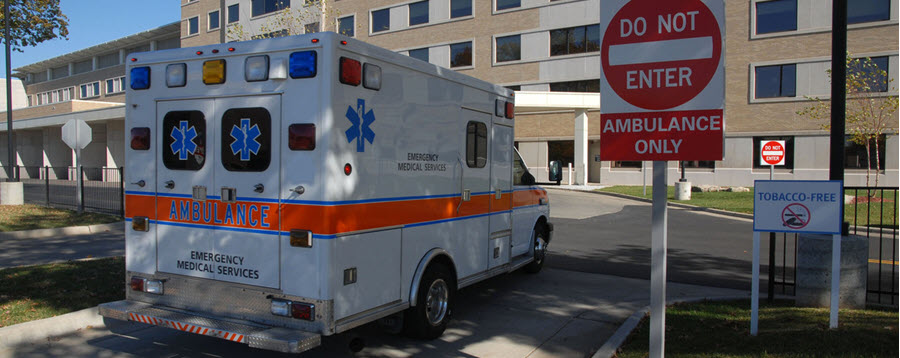
Annual Workplace Fatalities Drop. Falls Hit New High

There were a total of 5,147 workplace fatalities recorded in the United States in 2017, down slightly from the 5,190 fatal injuries reported in 2016, the U.S. Bureau of Labor Statistics reported this week. The fatal injury rate decreased to 3.5 per 100,000 full-time equivalent (FTE) workers from 3.6 in 2016.
Type of Incident
Fatal falls were at their highest level in the 26-year history of the Census of Fatal Occupational Injuries (CFOI) accounting for 887 (17 percent) worker deaths. Transportation incidents remained the most frequent workplace fatality event in 2017 with 2,077 (40 percent) occupational fatalities. Violence and other injuries by persons or animals decreased 7 percent in 2017 with homicides and suicides decreasing by 8 percent and 5 percent, respectively.
- Unintentional overdoses due to nonmedical use of drugs or alcohol while at work increased 25 percent from 217 in 2016 to 272 in 2017. This was the fifth consecutive year in which unintentional workplace overdose deaths have increased by at least 25 percent.
- Contact with objects and equipment incidents were down 9 percent (695 in 2017 from 761 in 2016) with caught in running equipment or machinery deaths down 26 percent (76 in 2017 from 103 in 2016).
- Workplace fatalities involving confined spaces rose 15 percent to 166 in 2017 from 144 in 2016.
- Crane-related workplace fatalities fell to their lowest level ever recorded in CFOI, 33 deaths in 2017.
Occupations
The transportation and material moving occupational group and the construction and extraction occupational group accounted for 47 percent of worker deaths in 2017. Within the occupational subgroup driver/sales workers and truck drivers, heavy and tractor-trailer truck drivers had the largest number of fatal occupational injuries with 840. This represented the highest value for heavy and tractor-trailer truck drivers since the occupational series began in 2003. Fishers and related fishing workers and logging workers had the highest published rates of fatal injury in 2017.
- Grounds maintenance workers (including first-line supervisors) incurred 244 fatalities in 2017. This was a small decrease from the 2016 figure (247) but was still the second-highest total since 2003. A total of 36 deaths were due to falls from trees, and another 35 were due to being struck by a falling tree or branch.
- There were 258 fatalities among farmers, ranchers, and other agricultural managers in 2017. Approximately 63 percent of these farmers were age 65 and over (162) with 48 being age 80 or over. Of the 258 deaths, 103 involved a farm tractor.
- Police and sheriff’s patrol officers incurred 95 fatal occupational injuries in 2017, fewer than the 108 fatalities in 2016.
Other Key Findings
- Fifteen percent of the fatally-injured workers in 2017 were age 65 or over – a series high. In 1992, the first year CFOI published national data, that figure was 8 percent. These workers also had a higher fatality rate than other age groups in 2017.
- Fatalities incurred by non-Hispanic Black or African American workers and non-Hispanic Asian workers each
decreased 10 percent from 2016 to 2017. - Fatal occupational injuries in the private manufacturing industry and wholesale trade industry were the lowest since this series began in 2003.
- Workplace fatalities in the private mining, quarrying, and oil and gas extraction industry increased 26 percent to 112 in 2017 from a series low of 89 in 2016. Over 70 percent of these fatalities were incurred by workers in the oil and gas extraction industries.
A total of 27 states had fewer fatal workplace injuries in 2017 than 2016, while 21 states and the District of Columbia had more; California and Maine had the same number as 2016. (See table 5.) A total of 192 metropolitan statistical areas (MSAs) had 5 or more fatal work injuries in 2017.

